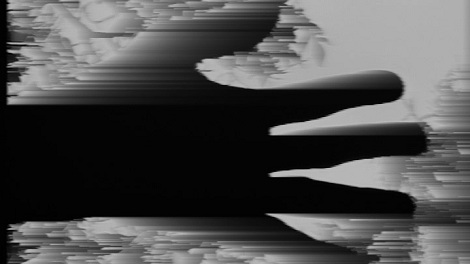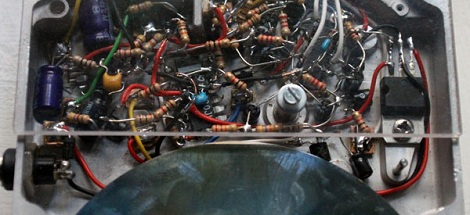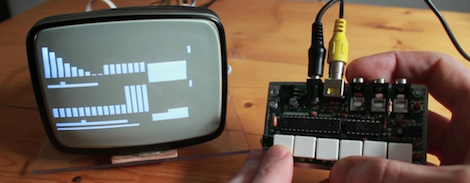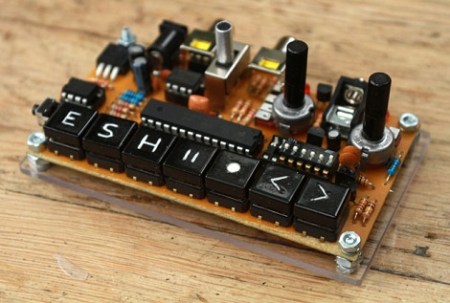For all the high production values Final Cut Pro and Adobe Premier have released upon the world, there’s still a cinematographic aesthetic only possible with analog video, linear editing, and video feedback. [gijs] just sent in a video mixer he’s been working on to allow crossfading between two video signals and introducing some very cool analog video distortion effects.
[gijs]’ mixer uses the LM1881 video sync separator also found in the Arduino video experimenter shield. Because two different video feeds are unlikely to send their sync signal at exactly the same time, the selected video will stay still on the screen while the second video feed will slowly scroll horizontally across the screen.
This isn’t the first analog video hack [gijs] has come up with; last year he released an Arduino video sampler capable of recording about a second of video and playing it back forward, reverse, looped, or inverted.
We’re sure combing both the video mixer and sampler would produce an aesthetic similar to the experimentation seen on 80s-era public access or our time in AV club. Either way, a very cool build that just can’t be done digitally.
Video of the mixer after the break.


















